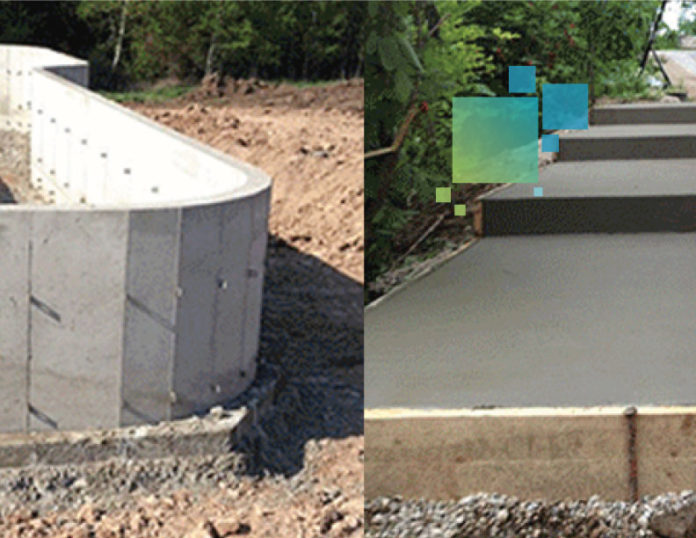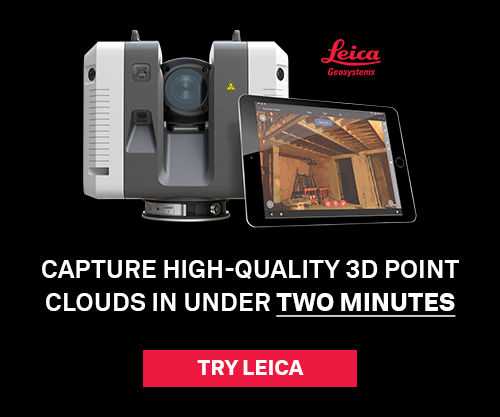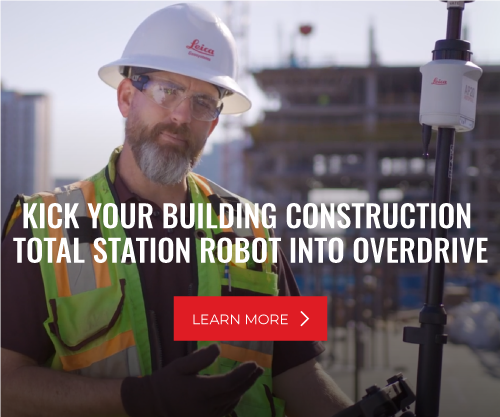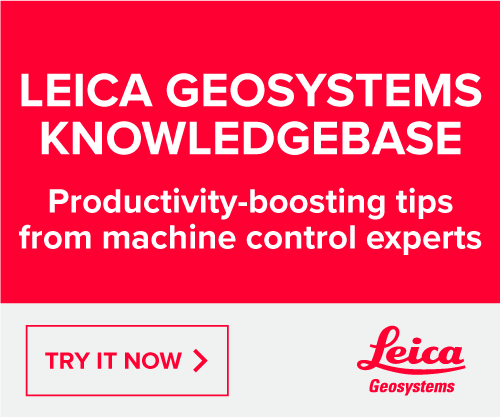Superior Concrete Construction in northeast Wisconsin is a true family business. Founded three decades ago, Superior is still led by Dale Boulanger and now his son, Tyler. Together, they have managed to survive a tough economy by building a strong reputation of being reliable and efficient.
Whatever the project – from light commercial poured retaining walls to flat work and residential decorative concrete slabs – the Boulangers are focused on providing customers the highest quality work at a competitive price.
This includes staying up to date on the latest equipment and technology. In 2014, Superior bought its first robotic total station, a Leica iCON robot 50.
“We had been looking at them for a few years, and then some of the contractors we work for started asking if we had a robot – and some of our competition subs also had them – so we decided it was time,” said Boulanger. “We realized it would save us money in the long run.”
Working Faster with Fewer People
Though there was an initial learning curve to figuring out how to use the Leica iCON robot 50, Superior’s field crews were able to quickly adapt. Today, they use the new equipment for digital layout, to calculate slab flatness, and to collect measurement data from multiple locations.
The iCON’s tablet and robot allows one crew member to complete the layout on a project site by himself rather than requiring one person to run the instrument while the other holds the reflector and sets the points.
“We’ve had some jobs that would have required levels, strings and tape to square up that we can now lay out with one guy,” said Boulanger. “It took a little time for us to get used to it because we didn’t have experience with anything like this before, but now our jobs are much faster and we can do them with fewer people. We just finished a job that would have taken four hours and two guys – instead, we did it in an hour with one guy.”
High Accuracy Layout
In addition to dramatically cutting layout time, the robotic total station has also proven to be highly accurate. Because many of the lots Superior works on are tight and oddly shaped, surveyors are often called in to layout the initial offsets. Often, the robot is more accurate than the points set by the surveyor’s GPS, Boulanger said.
“We double-check some of the measurements every once in a while and the robot is very accurate,” he said. “On a recent job, we started putting in points and the robot wouldn’t pick them up because the surveyor’s points were off.”
By the summer of 2015, Superior had used the robot on over 30 jobs, and crews were very comfortable with the technology. It gets better every time, according to Boulanger. The next step, he says, is expanding Superior’s offerings to layout jobs for excavators.
“Before, I wouldn’t have been confortable manually laying something out by myself, but now, with the robot, it’s not a problem at all,” he said. “This is way better than the old way – we’re never going back.”






